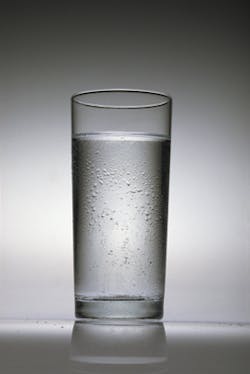The clean water act, in existence since 1972 and around in earlier forms since the 1940s, has had a rough time of it in the last several years. Its basic purpose, of course, is to protect the quality of surface waters, largely by preventing municipal, industrial, and other facilities from discharging pollutants to those waters without a permit.
For more than a decade, however, the question of precisely which surface waters are covered by the CWA has been debated and hashed out through the legal system. Two US Supreme Court decisions in particular have muddied the waters, so to speak; EPA Administrator Gina McCarthy, speaking at a conference in September, called the decisions “confusing,” and other officials have had harsher descriptions for them.
The decisions in question are Solid Waste Agency of Northern Cook County v. US Army Corps of Engineers in 2001 and Rapanos v. United States in 2006. Both cases dealt with how “navigable waters” or “waters of the United States”-those protected under the CWA-should be defined. Many of us who deal with water-quality regulations and matters of jurisdiction are probably all too familiar with the cases, but in a nutshell, the SWANCC decision limited the regulation of “isolated waters” such as wetlands that are not immediately adjacent to navigable waters. Rapanos further limited the CWA’s scope by more narrowly defining “waters of the United States” as permanent or continuously flowing bodies of water.
The court was indicating, especially with the Rapanos decision, that regulatory power isn’t unlimited and the Corps of Engineers doesn’t have jurisdiction over every water body. However, there is still much uncertainty around terms and definitions, including that of waters that have a “significant nexus” to navigable waters. Does this include ephemeral streams, sloughs, wetlands, and playa lakes, or doesn’t it? The question has been debated since Rapanos in lower courts throughout the country.
In an attempt to clarify what’s covered and what isn’t, last March EPA and the Army Corps jointly issued a proposed rule aimed at spelling out what the CWA actually protects. Both agencies have been careful to state that the new rule doesn’t actually expand the CWA’s coverage. In making their arguments, McCarthy and others within EPA have emphasized that about a third of us depend for our drinking water on the 60% of streams that the Supreme Court decisions have left with ambiguous protection. They are requesting water-quality professionals to comment on the issue and offer suggestions to make the rule “achievable.”
You can find EPA’s page on the proposed rule, with links to the full text of the rule and the form for submitting comments, at www2.epa.gov/uswaters.
In October, just before this issue of Erosion Control went to press, EPA extended the deadline for public comments on the proposed rule to November 14, 2014, so you still have time to make yourself heard on the issue. If you’ve submitted a comment, or plan to, feel free to share your thoughts on the proposed rule with us: e-mail [email protected] or leave a comment at www.erosioncontrol.com.
About the Author
Janice Kaspersen
Janice Kaspersen is the former editor of Erosion Control and Stormwater magazines.


